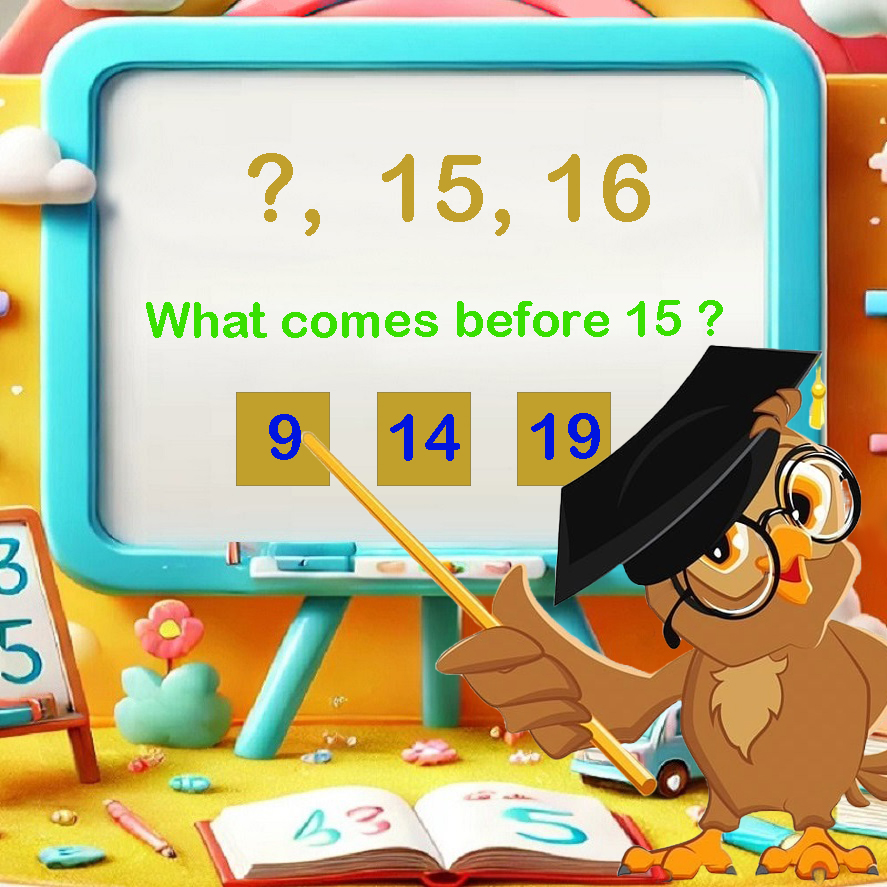Teach Number Sequences
Game Purpose
An interactive number sequence teaching game that helps children recognize patterns, understand number relationships, and develop logical thinking through visual sequence displays and guided practice.
With its visual pattern displays and progressive difficulty levels, Teach Sequences helps students build pattern recognition skills essential for mathematical thinking.
Available in 14 languages:
Key Features
Visual Pattern Recognition
Displays number sequences with visual arrows showing the pattern step (+1, +2, +3, etc.), helping children understand number relationships.
Progressive Difficulty System
Four difficulty levels from simple 3-number sequences to complex patterns with larger numbers and bigger steps.
Multiple Input Methods
Easy/Normal modes use multiple choice buttons, while Hard/Crazy modes use numeric keypad input for advanced learners.
Multi-Language Support
Learn in your preferred language with support for 14 languages.
Difficulty Modes
Sequence Range: 3 numbers, steps +1 to +2
Perfect for: Young learners discovering number patterns
Example: 2, 4, ? (answer: 6)
Sequence Range: 3-5 numbers, steps +1 to +3
Perfect for: Students building sequence recognition skills
Example: 5, 8, 11, ? (answer: 14)
Sequence Range: 4-6 numbers, steps +1 to +5
Perfect for: Learners ready for complex patterns with keypad input
Example: 12, 17, 22, 27, ? (answer: 32)
Sequence Range: 4-6 numbers, steps +1 to +10
Perfect for: Advanced students tackling challenging sequences
Example: 25, 35, 45, 55, 65, ? (answer: 75)
How to Play
- Select your preferred difficulty level (Easy, Normal, Hard, or Crazy)
- A number sequence with one missing number will appear
- Look at the pattern arrows to identify the step size
- Select the correct answer (multiple choice) or use keypad to enter it
- Receive immediate feedback with sound and visual cues
- If incorrect, you must find the correct answer before proceeding to the next sequence
- Track your progress with questions answered and average time
Students analyze visual number sequences and identify missing numbers. Pattern arrows help visualize the mathematical relationship between numbers.
Teaching Tips
Progressive Learning
Start with Easy mode to build confidence with simple sequence patterns. Gradually progress through difficulty levels as pattern recognition skills improve.
Pattern Analysis
Encourage students to look at the visual arrows and identify the step pattern before selecting an answer. This builds systematic thinking skills.
Sequence Strategies
Help students verbalize their thinking: "I see the pattern goes up by 3 each time, so the missing number must be 12 + 3 = 15."
Visual Cues
Point out how the arrows show the step size visually. This helps students connect the mathematical pattern with visual representation.
Language Integration
For multilingual students or language learners, switch between languages to reinforce math vocabulary in multiple languages.
